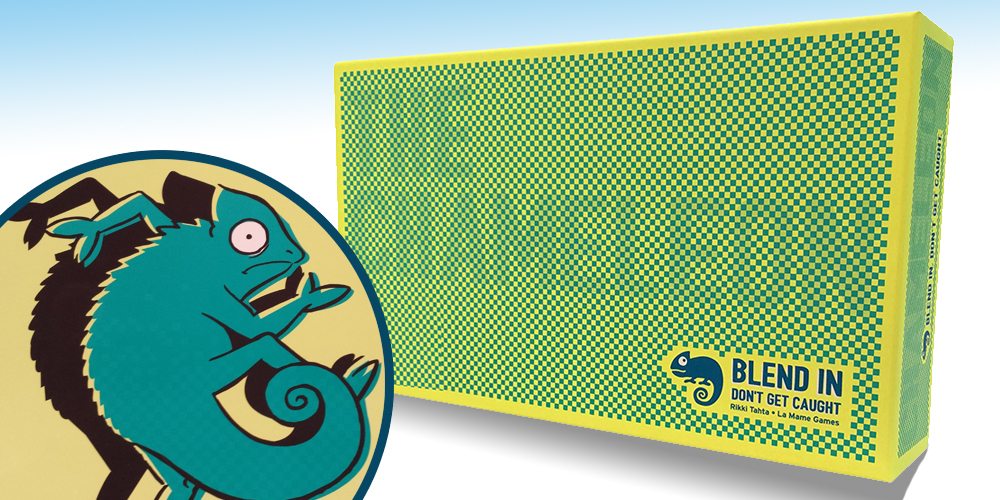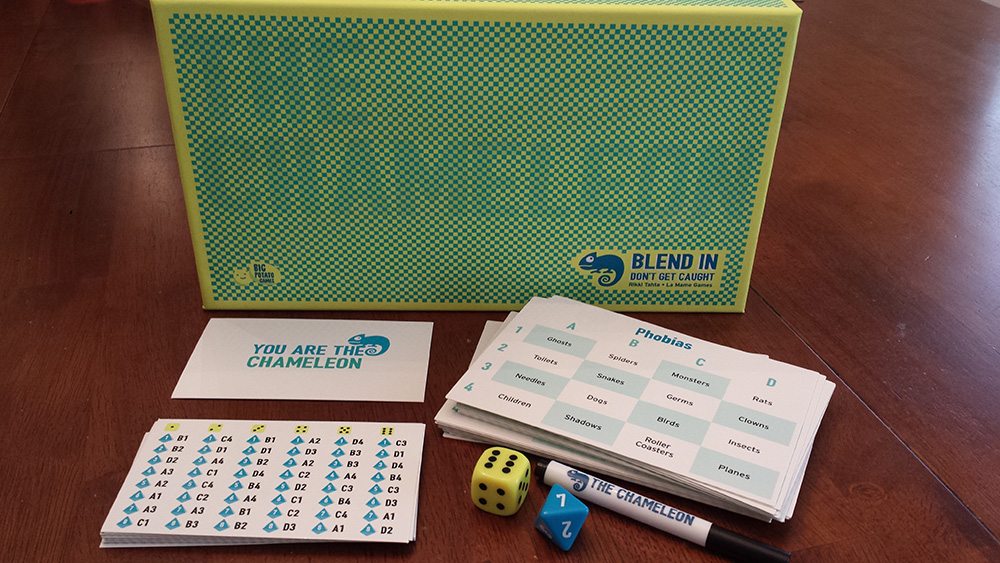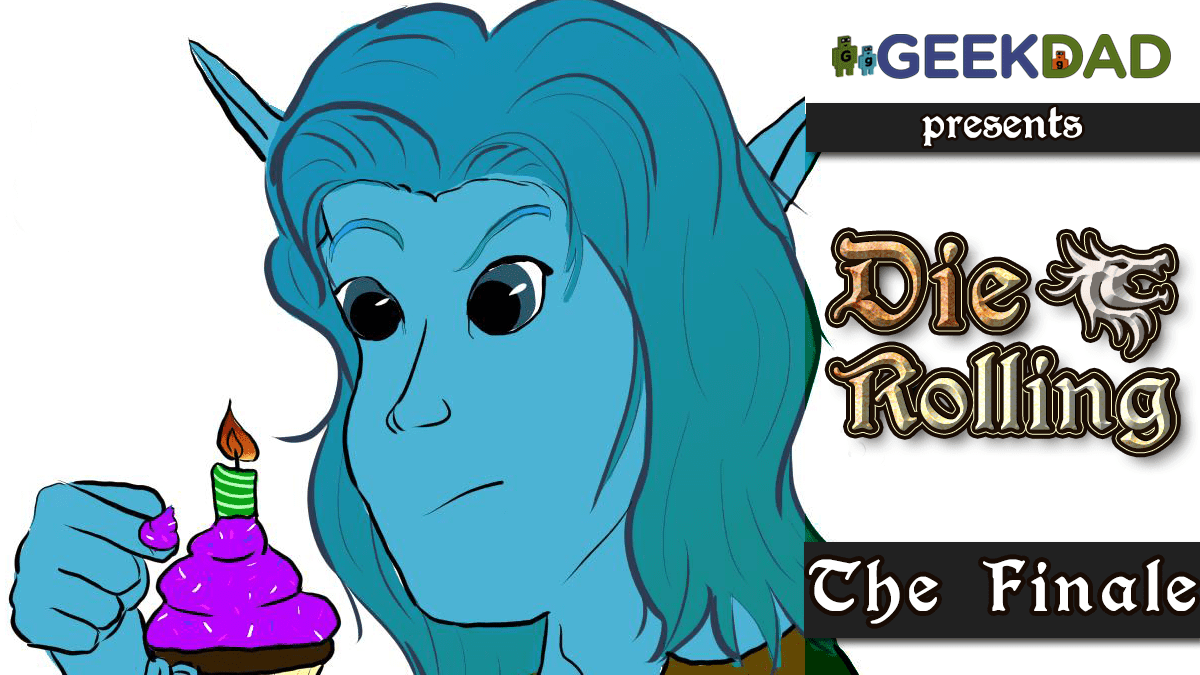
I’ve been a fan of UK-based Big Potato since I first brought them a giant potato and won a free copy of Obama Llama at Gen Con 2016. I not only liked the whimsy of asking people to lug giant potatoes around a convention hall for a chance at a free game from a company named “Big Potato,” but I also learned their games are visually appealing, easy to learn, and, for the most part, fun to play. With great games such as Obama Llama, Mr. Lister’s Quiz Shootout, and Bucket of Doom earning a spot on Target’s ever-expanding gaming shelf space, Big Potato has already quickly made a name for themselves in a crowded market. Snagging the rights to a new game named The Chameleon from Rikki Tahta, the designer of the modern hit Coup, was itself a coup.
Basic Gameplay for ‘The Chameleon’
To play The Chameleon, 4-6 players will all try to share a related word that is associated with a secret word to convince each other they are in-the-know. Here’s the catch: one player has no idea what the secret word is, so you have to bluff your way to victory or identify who is “the chameleon” to win. Both the rules and the supplies are simple. The game comes with topic cards, code cards, a marker, and dice. Players are dealt a code card with one person receiving a “YOU ARE THE CHAMELEON” card instead at random. Once a topic card is flipped over, the two dice are rolled to identify the secret word using the previously dealt code card as a guide to locate the secret word on the topic card. Each player must now share a related word to the code word (For example, if your topic card was “Zoo” and your secret word was “Parrot,” you may say “feathers”). Once everyone says their word, players openly debates the “Chameleon’s” identity and vote who they think is a fake. Check out a video of the rules for more details.
You Gotta Have Skills
Most of the pressure of this game is placed on whoever is dealt the Chameleon card. By taking stock of the rest of the words on the topic card, can they think of a related word vague enough to be a passable insider? The skill required from other players comes not from just thinking of any related word, but one that is confusing enough to the Chameleon to not squarely identify the secret word, but lead them down another path. In my previous example with the secret word “Parrot,” the topic card “Zoo” also had several other birds listed such as Owl, Eagle, and Ostrich (in addition to non-avian animals like Giraffe and Meerkat). My related word “feathers” lets insiders know I know the secret word, but could throw the chameleon down a different path. However, if I used the word “Polly,” while related, that could greatly help the Chameleon guess the secret word.

The Good and the Bad
There’s a lot I like in this game. Like I mentioned earlier, it is very quick to learn, but it is also quick to play. So if you’re in a time crunch, this could be a game for you since you can get in several rounds in the suggested play time of fifteen minutes. Also, if you’re a wordsmith, quickly racking your brain for an elegant related word to throw the Chameleon off the scent can be very fun. Likewise, if you’re the Chameleon, surveying of all the words on the topic and trying to come up with a vague enough, but related word to seem passable can have its charm as well. However, the real opportunity for fun in this game comes from debating with other players the identity of the Chameleon. This is where your mileage may vary. If you happen to be playing with really fun, boisterous, and outgoing people, then the debate portion of the game (trying to shift blame, or call BS on a player) can be hilarious. If you happen to be playing with, for example, dull coworkers, this game may not seem very fun and could involve very little interaction.
The game is advertised as 14+, which doesn’t have so much to do with content so much, but rather the skill level needed to navigate creative descriptive words. I tried playing with my wife and daughters (aged 8 and 12), and while my 12-year old was passable, my 8-year old was not convincing and wasn’t too great at understanding the subtleties needed to be successful and have fun. One added element of fun that I haven’t previously mentioned is the blank topic card included in the box to allow you to come up with your own unique, and possibly adult-only spin on the game. This can greatly extend the life of the game and make it fun to theme for parties or particular friend groups.
Final Verdict
It took me playing with a variety of players at different points to really get on board with this one, and it still isn’t my go-to group party game. However, at $19.99, it’s worth giving a shot. While on the surface, it may seem like a mashup of two other popular games (Codenames and Spyfall), The Chameleon stands on its own as a quick and unique addition to your game collection. Check it out!



